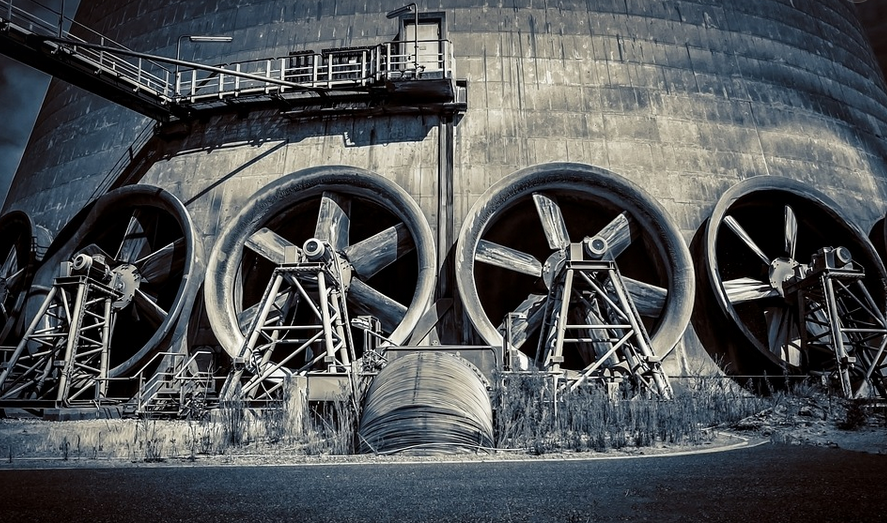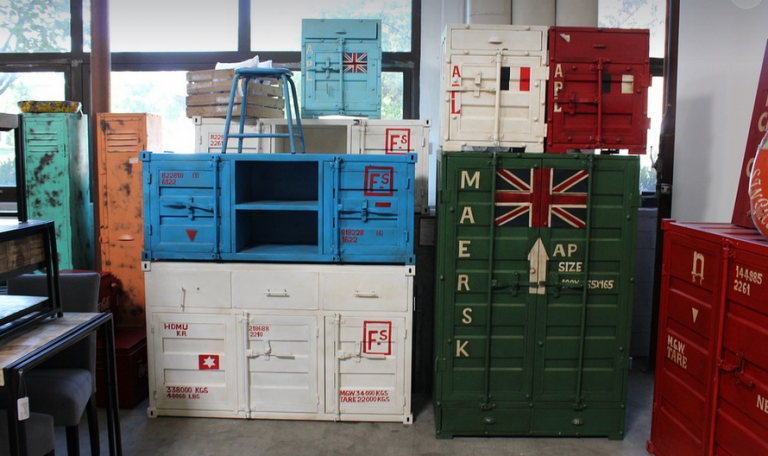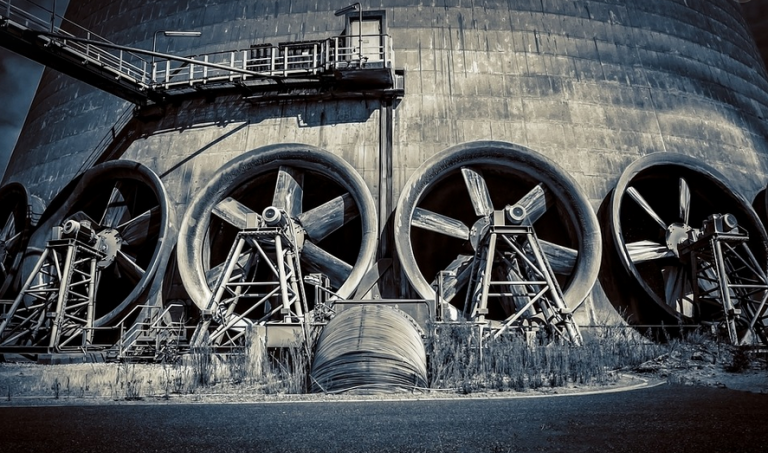
Navigating the World of Aluminum Welding
Aluminum, a lightweight yet robust metal, has become a mainstay in various industries from construction and automotive to aerospace and even marine applications. Its versatility stems from its ability to withstand corrosion and maintain strength under high temperatures. However, welding aluminum presents unique challenges compared to traditional steel: the alloy’s lower melting point necessitates specialized techniques and equipment. Choosing the right welder for aluminum is crucial because it directly impacts your welding quality, efficiency, and overall project success. Before diving into specific models, let’s first understand why these metals require a particular set of tools.
Aluminum alloys are known for their high thermal conductivity. This means they transfer heat quickly, leading to faster melting speeds during welding. The challenge lies in finding the perfect balance between achieving weld penetrations and maintaining control over the molten metal at the same time.
Welding Aluminum: Choosing Your Weapon of Choice
There are two primary categories of welders for aluminum – stick/arc and TIG (Tungsten Inert Gas) welding. Stick welding, also known as SMAW, offers advantages in speed and ease of use but requires more skill.
**SMAW (Shielded Metal Arc Welding)**: This classic welding method uses a consumable electrode coated with flux for shielding the weld pool from atmospheric contamination. The electric arc between the electrode and base metal melts the aluminum, generating heat and causing the molten metal to join together. It is effective in thicker aluminum sheets but requires precise control of the arc and voltage.
**TIG Welding** (also known as Gas Tungsten Arc Welding) offers another approach that employs a non-consumable tungsten electrode for producing an inert argon or helium gas shield around the weld pool. This minimizes oxidation, allowing a more refined and accurate weld with fewer defects. TIG welding is generally preferred for thinner aluminum sheets because of its precision and control.
Factors to Consider When Selecting Your Welder
As you explore the world of aluminum welding equipment, several factors will come into play:
- Welding Position:
- Aluminum thickness:
- Weld Joint Type:
- Welding Speed:
- Safety Features:**
The position of your weld dictates the type of welder you need. For overhead or vertical welds, a TIG welder provides better control over arc length and heat input. Stick welders come in handy for horizontal welding positions.
The thickness of the aluminum sheet influences the type and size of welder you will need. Thicker metal requires more power, while thinner aluminum can be welded with a lighter set-up.
Different welding techniques are suitable for different joint types. For example, butt joints require a welder with features for precise arc control and penetration. Lap joints might benefit from a specialized machine with larger amperage capacity.
The speed of the welding process impacts your efficiency and productivity. If you need to weld quickly, a high-frequency AC welder, or a stick welder will be faster than TIG welding.
Your welders must come equipped with crucial safety features like automatic arc-start, overload protection, and shielding gas flow control. Safety should never be compromised for convenience.
Finding the Right Fit: Recommendations
Choosing a welder can feel overwhelming, but don’t worry! There are many excellent welding machines out there that cater to various needs and budgets. Some popular recommendations include: * **Hobart MIG-210:** This versatile machine is known for its affordability and user-friendliness. * **Millermatic 350:** This unit offers robust performance for both beginners and seasoned welders. * **Lincoln Electric K480:** A high-performance TIG welder that delivers precise control and quality welds.
It’s important to remember these are just a few examples—the best welder for aluminum will depend on your individual needs, project requirements, and budget.
Beyond the Equipment: Essential Accessories
Investing in the right accessories can significantly enhance your welding experience
**Welding Rods/Electrodes:** Choosing the correct welding rod is crucial for achieving high-quality welds. For aluminum, you should opt for rods specifically designed for this metal. Ensure they are certified to ensure optimal performance and safety.
**Protective Gear: **Safety comes first! Invest in quality welding helmets with auto-darkening capabilities, welding gloves, and leather aprons to protect yourself from harmful UV rays and sparks.
Learning the Art of Aluminum Welding
Aluminum welding is a skill that takes time and practice. Here are some tips for improving your welding technique:
- Practice: Find opportunities to practice on scrap metal or low-cost projects and gradually work your way up to more complex jobs.
- Start Slow: Take your time to master the basics before moving onto intricate welds. Focus on maintaining a steady arc length and ensuring clean, consistent welding patterns.
- Seek Guidance: Enroll in welding courses or seek guidance from experienced professionals. Their insights can save you time, effort, and potential mistakes.
Conclusion
Aluminum welding offers a wealth of opportunities for skilled individuals across various industries. By selecting the right welder and accessories, mastering the art of welding aluminum techniques, and always prioritizing safety, you can unlock the full potential of this versatile metal.



